Long-Term Analysis of Carrier Phase Residual Variations
Brian Breitsch
Jade Morton
Charles Rino
Using Geometry-Ionosphere-Free Combination of Triple-Frequency GPS Observations
ION GNSS 2017

Background and Motivation
Linear Estimation of GNSS Parameters
Geometry-Ionosphere-Free Combination
Application to Real GPS Data
Multi-Frequency GNSS
- GPS Block IIF / Block III
- Galileo (E1, E5a/b)
- GLONASS-K2
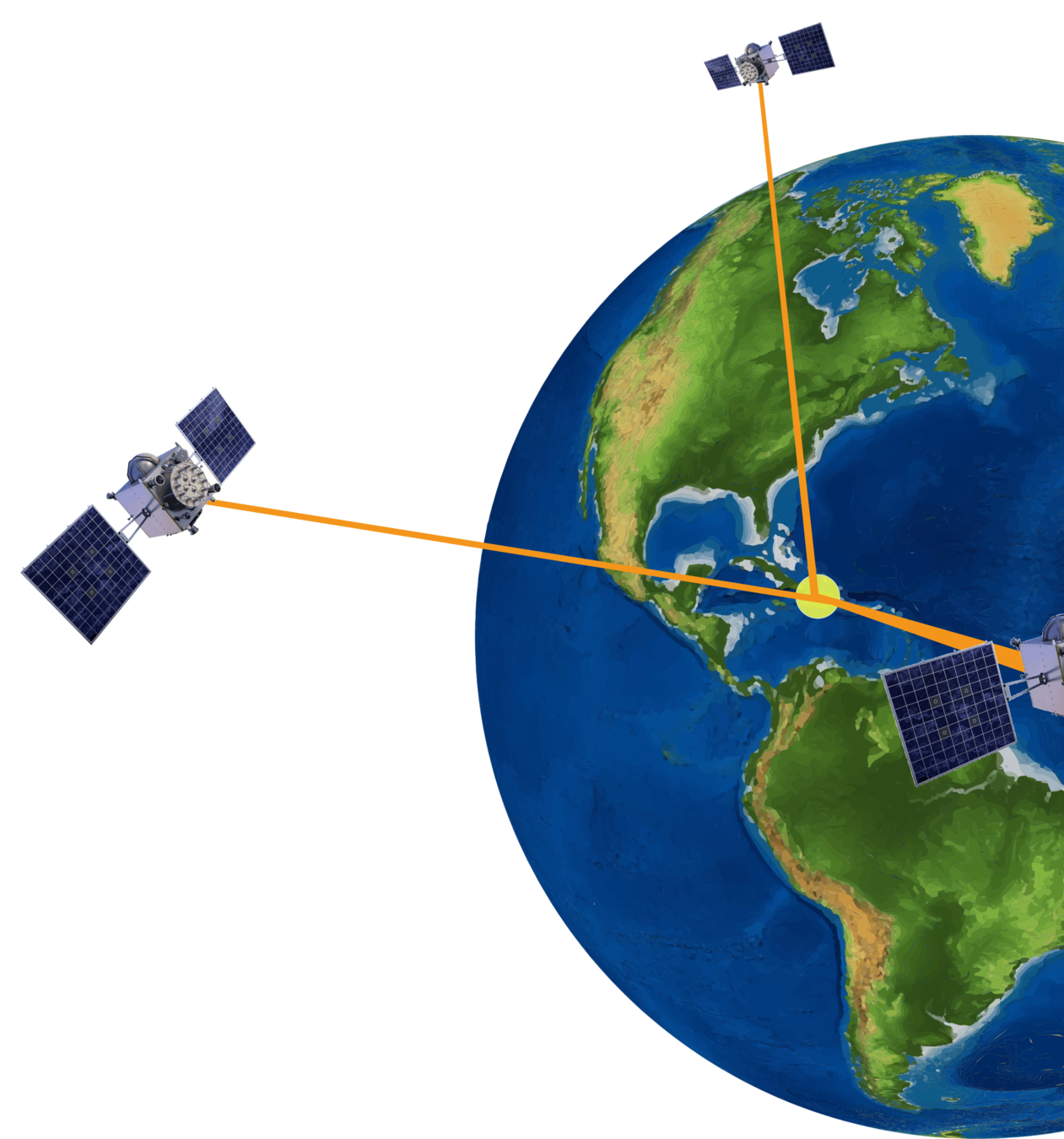
| Signal | Frequency (GHz) |
|---|---|
| L1CA | 1.57542 |
| L2C | 1.2276 |
| L5 | 1.17645 |

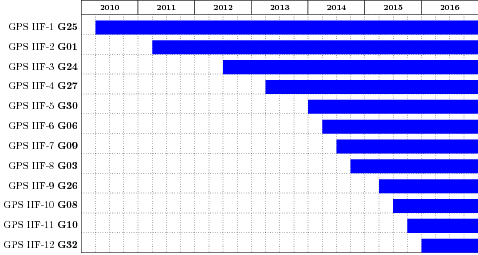
triple-frequency GPS
12 satellites since 2016
GNSS Carrier Phase Observable

HARDWARE BIASES
IONOSPHERE RANGE ERROR
CARRIER AMBIGUITY
SYSTEMATIC ERRORS / MULTIPATH
FREQUENCY INDEPENDENT EFFECTS
STOCHASTIC ERRORS
- accumulated phase in meters
- frequency \(f_i\)
Simplified Carrier Phase Model

zero-mean
normally-
distributed
zero-mean
solve bias terms
Bias term accuracy can dominate error--
we address estimation precision, rather than accuracy
"geometry" term
Ionosphere Range Error
consider first-order term in ionosphere refractive index
second and higher-order terms on the order of a few cm
TOTAL ELECTRON CONTENT

rx
tx
plasma / free electrons
units: \(\frac{\text{electrons}}{\text{m}^2}\)
carrier frequency
Estimation of \(G\) and \(\text{TEC}\) Using Dual-Frequency GNSS
neglecting systematic and stochastic error terms, and after resolving bias terms:
ionosphere-free combination
geometry-free combination
Examples of Dual-Frequency TEC Estimates

Poker Flat, Alaska, 2016-01-02
We compute dual-frequency TEC estimates \(\text{TEC}_\text{L1,L2}\) and \(\text{TEC}_\text{L1,L5}\)
\(G_{\text{L1,L5}} - G_{\text{L1,L2}} = \text{TEC}_{\text{L1,L5}} - \text{TEC}_{\text{L1,L2}}\)
Poker Flat, Alaska, 2016-01-02

Can we characterize / find the source of these discrepancies?
Can we relate them to errors in range and TEC estimates?
Background and Motivation
Linear Estimation of GNSS Parameters
Geometry-Ionosphere-Free Combination
Application to Real GPS Data
model parameters
Linear Inverse Problem
observations
a-priori information:
estimate:
geometry estimator
TEC estimator
systematic-error estimators
Linear Coefficient Constraints
geometry-free
geometry-estimator
TEC-estimator
ionosphere-free
solutions lie along intersection of constraint hyperplanes

Estimators
\(\text{TEC}\) Estimator
TEC-estimator + geometry-free constraints
\(G\) Estimator
geometry-estimator + ionosphere-free constraints
recall:
Geometry and TEC Estimators Using Triple-Frequency GPS


\(\text{L1,L2,L5}\)
\(\text{L1,L5}\)
\(\text{L1,L2}\)
\(\text{L2,L5}\)
Geometry and TEC Estimators Using Triple-Frequency GPS

Background and Motivation
Linear Estimation of GNSS Parameters
Geometry-Ionosphere-Free Combination
Application to Real GPS Data
Estimating Systematic Errors
apply both geometry-free and ionosphere-free constraints
For triple-frequency GNSS:
system is linear subspace
there is "only one estimate" of systematic errors
note this requires \(m \ge 3\)

Geometry-Ionosphere-Free Combination
\(\mathbf{C}_\text{GIFC} \perp \mathbf{C}_{G_{1,2,3}}\) and \(\mathbf{C}_\text{GIFC} \perp \mathbf{C}_{\text{TEC}_{1,2,3}}\)
information about systematic and stochastic errors present in GNSS carrier phase observables
We (arbitrarily) choose:

\( \text{GIFC} = \text{TEC}_{1,3} - \text{TEC}_{1,2} \)
Background and Motivation
Linear Estimation of GNSS Parameters
Geometry-Ionosphere-Free Combination
Application to Real GPS Data
Experiment Data
GPS Lab high-rate GNSS data collection network
- Alaska, Hong Kong, Peru
- 2013 - 2016
- 1 Hz GPS L1/L2/L5 measurements
- Septentrio PolarXs

GIFC Examples




PRN 24, Peru
PRN 24, Hong Kong
PRN 25, Peru
PRN 01, Alaska
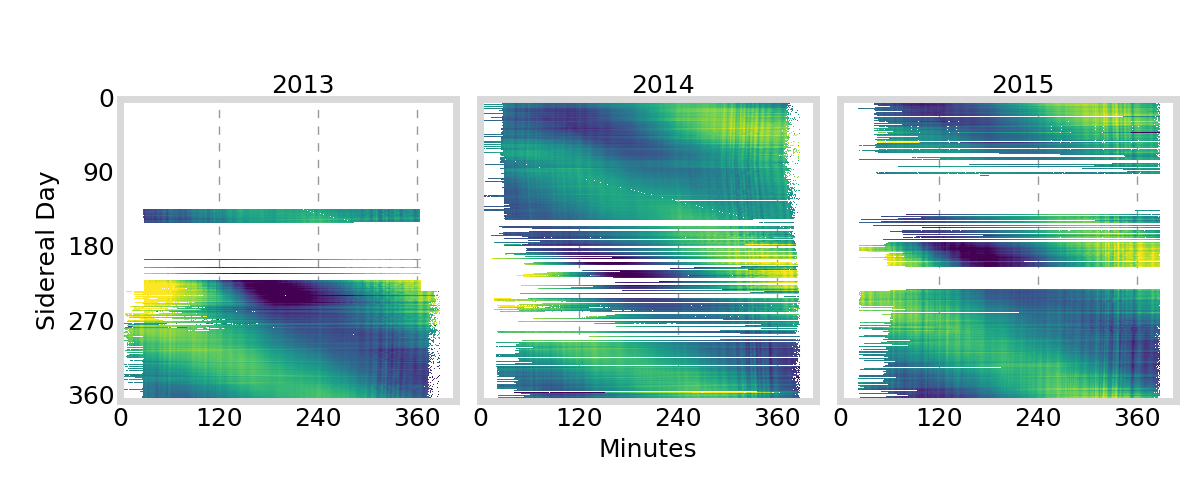



GIFC Calendar
Hong Kong G24
Hong Kong G25
Alaska G24

Alaska G25

GIFC Calendar
Alaska G25
- large, long-term GIFC trend likely due mostly to satellite thermal oscillations
- studied by (Montebruck et. al. 2012) and (Li et. al. 2013)



\(\theta\)
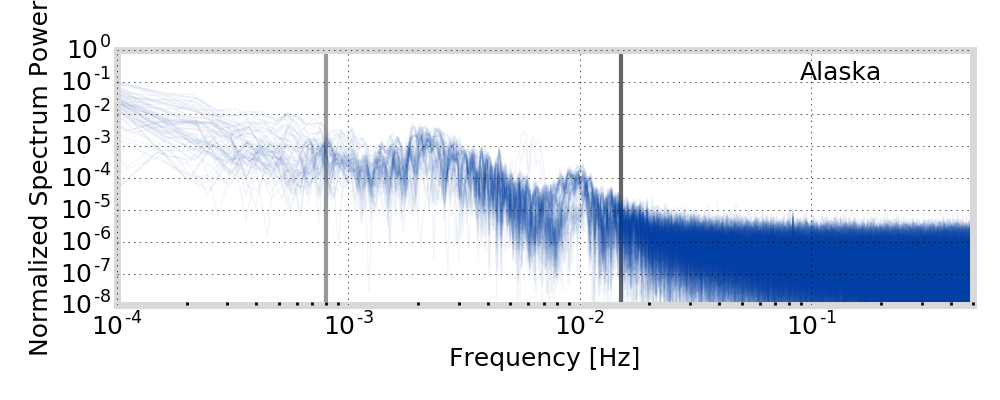


GIFC Spectrum
Alaska G25
Hong Kong G25
Peru G25
Conclusions
- GIFC is an indicator of the presence of systematic / stochastic errors
- two main components to GIFC
- large, low-frequency trend (likely due to satellite thermal oscillations)
- multipath
- this work is a step towards improved assessment of precision of GNSS phase-related estimates, particularly ionosphere TEC
- small improvement of triple-frequency estimators over dual-frequency signal pair with widest frequency separation
References
O. Montenbruck, U. Hugentobler, R. Dach, P. Steigenberger, and A. Hauschild, “Apparent clock variations of the Block IIF-1 (SVN62) GPS satellite,” GPS Solutions, vol. 16, no. 3, pp. 303–313, 2012.
H. Li, X. Zhou, and B. Wu, “Fast estimation and analysis of the inter-frequency clock bias for Block IIF satellites,” GPS Solutions, vol. 17, no. 3, pp. 347–355, 2013.
B. Breitsch, "Optimal Linear Combinations of GNSS Phase Observables to Improve and Assess TEC Estimation Precision," Masters Thesis, Colorado State University
Acknowledgements
This research was supported by the Air Force Research Laboratory and NASA.
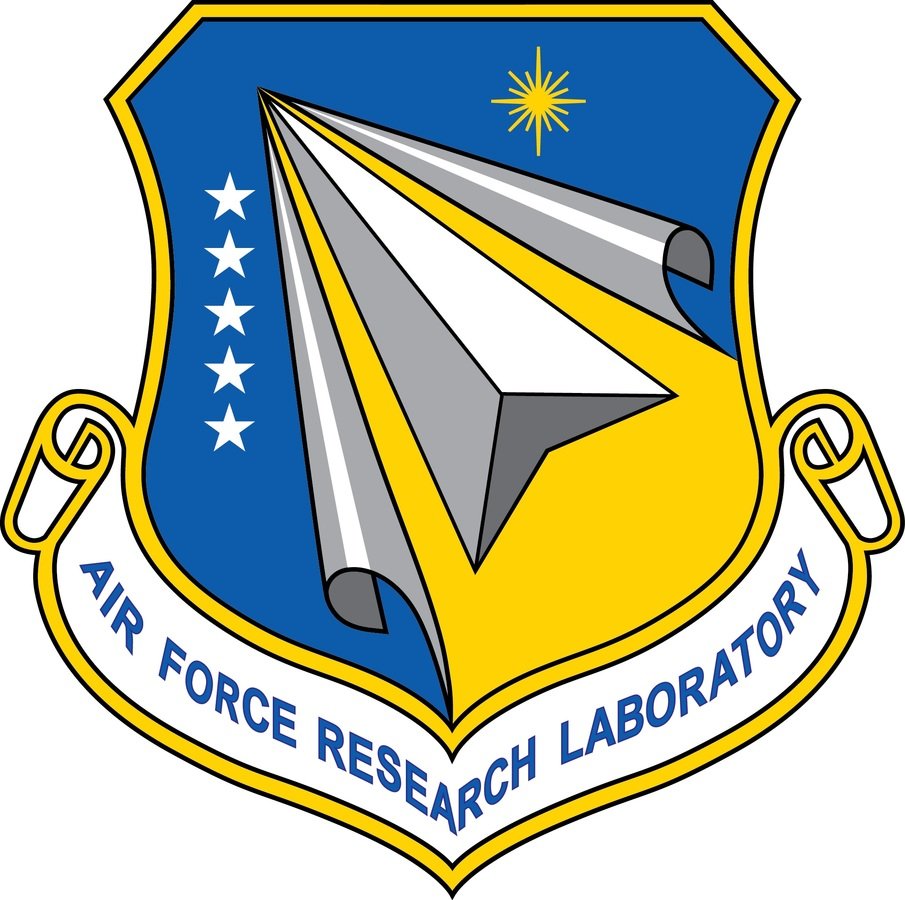



GIFC Histogram
Peru Example

Backup -- ION GNSS 2017 - Analysis of Carrier Phase Residual Using Geometry-Ionosphere-Free Combination of Triple-Frequency GPS Observations
By Brian Breitsch
Backup -- ION GNSS 2017 - Analysis of Carrier Phase Residual Using Geometry-Ionosphere-Free Combination of Triple-Frequency GPS Observations
- 759



